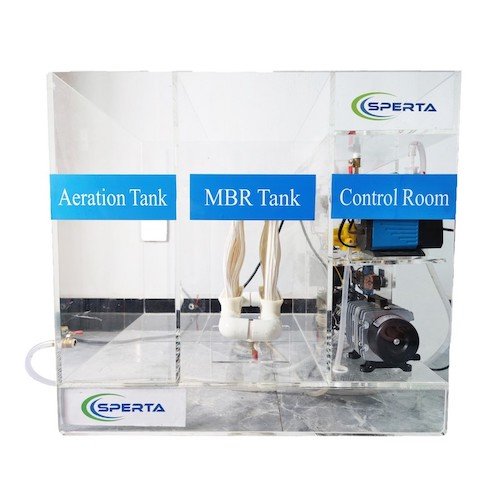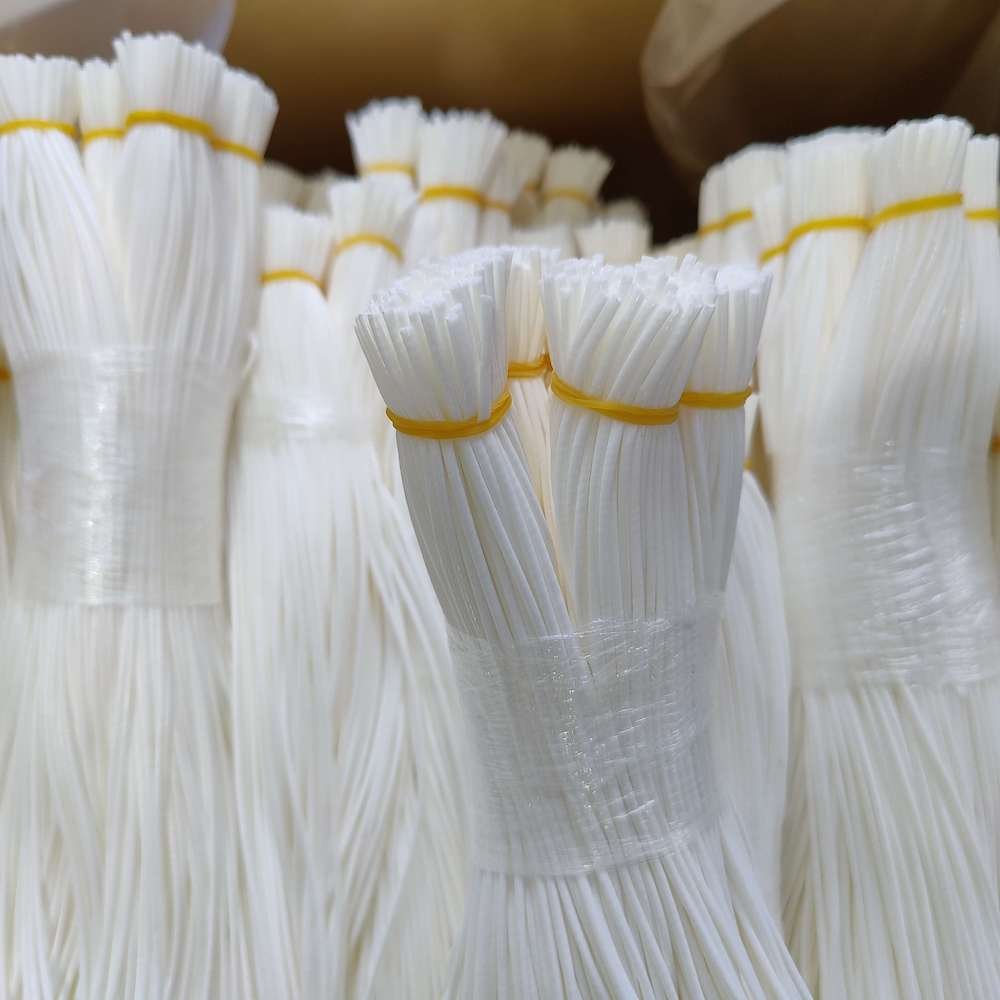Last Updated on July 25, 2022 by Kevin Chen
Due to the complexity of the pharmaceutical processes and the variety of raw materials, antibiotic wastewater, synthetic drug wastewater, traditional Chinese medicine wastewater, and various cleaning wastewater will be produced during their production.
The wastewater has the following characteristics: the concentration of residual reactants, products, solvents, suspended solids, salts, and catalysts in the water is high, and the COD concentration may reach hundreds of thousands of mg/l, and the pH has high volatility. In addition, most antibiotics in pharmaceutical chemical wastewater are designed to be highly structurally stable and lipophilic, which will cause acute severe toxicity to life. These are the reasons why it is difficult to purify chemical and pharmaceutical wastewater.
The below 2 cases provide an overview of the MBR membrane application for the chemical wastewater treatment process, including how it works and its benefits.
Case 1: Chemical Wastewater Treatment
Zhejiang Zhebang Pharmaceutical Co., Ltd. is mainly engaged in the production and sales of cephalosporin APIs and pharmaceutical intermediates. Currently, the company produces 700 tons of production wastewater daily, including high ammonia nitrogen, high salt wastewater, high COD wastewater, antibiotic wastewater, and other pharmaceutical wastewater.
The project initially adopted the traditional process, but later it was transformed into the MBR process because it could not meet the productivity and effluent quality. Hollow fiber membrane was first used with frequent pollution, blockage, high maintenance difficulty, etc. Finally, our company confirmed the membrane flux through experiments and replaced it with all of our company’s MBR flat membranes in 2018, which solved the problem of frequent pollution and blockage.

MBR Project Overview
| Location | Shaoxing City, Zhejiang Province, China |
| Type of Wastewater | Pharmaceutical Chemical wastewater |
| Flow | 700 m³/d |
| Commissioned | Since 2018( SPERTA MBR Membrane) |
MBR Process Flow Chart

Influent Condition and Effluent Quality
| Index | Influent Condition | Designed Effluent | Actual Effluent |
| CODCr(mg/L) | 8000-10000 | ≤500 | 300-400 |
| NH3-N(mg/L) | 200-300 | ≤35 | 15-20 |
| pH | 6~9 | 6-9 | 7-8 |
Case 2: Chemical Wastewater Treatment
Headquartered in Jinan, Shandong Province, Qilu Pharmaceutical Co., Ltd. is a large comprehensive modern pharmaceutical enterprise in China.
The wastewater sources mainly from chemical synthesis production with the main components of pollutants including dichloromethane, chloroform, toluene, triethylamine, acetonitrile, isopropanol, DMF, etc. The original process adopted the traditional process, which was later transformed into the MBR process, saving an area of about 650m2.
MBR Project Overview
| Location | Jinan City, Shandong Province, China |
| Type of Wastewater | Pharmaceutical Chemical Wastewater |
| Flow | 1,000 m³/d |
| Commissioned | Since 2016, replaced in Oct. 2021 ( SPERTA MBR Membrane ) |
MBR Process Flow Chart

Influent Condition and Effluent Quality
| Index | Influent Condition | Designed Effluent | Actual Effluent |
| CODCr(mg/L) | 750-3500 | ≤100 | 50-80 |
| NH3-N(mg/L) | 25-47 | ≤20 | 0.5-7.2 |
| TN(mg/L) | 40-100 | ≤30 | 6-22 |
| TP(mg/L) | 1.4-2.8 | ≤1 | 0.4-0.9 |












